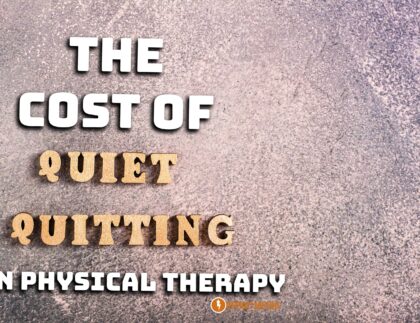
Today’s Business Renovations blog post is about one of my favorite tools in optimizing a business: The Profit Pool Analysis. A Profit Pool Analysis is a savvy way of taking a look at the financial portfolio of any given business, prioritized by its largest operational margins. It’s a real and honest way of taking a look at what makes a business the most money and how much volume that margin represents of a firm’s gross revenue.
Case Study: The Profit Pool Analysis
For this case, I’m going years back to when I was involved in rescuing a business unit chronically in the red. The irony was that this business unit had an amazing revenue stream. However, they were plagued with the inability to turn a profit. Ultimately, I was able to bring their profitability up several times over.
And, you guessed it! The secret to our success in this case was a savvy use of the Profit Pool Analysis.
When taking a look at company profitability, it can be very easy just to eyeball areas by gross revenue and gross margins based on profit center and cost center. However, this can quickly obscure the big picture of your profit pool. A profit pool is a word image on a pool of water to which various revenue streams contribute to that body of water. Some streams that flow into that pool are large, some flow quickly, some flow intermittently, and some flow poorly. A profit pool analysis highlights which streams bring the most value to this body of water. This allows for managers to bring clear focus on what to strengthen, what to lessen, and what to let go of.
To create a profit pool, you’ll need to complete the following steps:
- Organize your revenue streams
- Pair your revenue streams with the associated operational costs
- Calculate the operational margin for each stream of the profit pool
- Sort the calculations, ordered by the share of your profit pool
As you can see, making a profit pool is rather simple. There’s nothing terribly complex or technical about it. It’s an interesting exercise from my perspective because so business owners are terribly resistant to the idea or even to the need of the idea. Typically, the resistance I meet has to do with firm managers and owners feeling that they have a sufficient understanding of their business, how it runs, and the market behaviors surrounding it.
While all this may be true, even the best of experts may be caught on their blindside by simply being too close to the situation. One of my favorite examples is the profit pool I made public (with permission) earlier this year on Outpatient Physical Therapy Industry.

This was actually part of another consultation case where I was hired to perform an industry analysis on Physical Therapy in the United States. While I can’t share much about the details, this particular piece was agreed upon as something share worthy because the people who hired me were so culturally shocked that they felt it was for the greater good of the profession to have this information available.
What they were shocked by was the staggering representation of Therapeutic Exercise (TherEx) as it pertains to the profitability and share of the profit pool as compared to other areas of physical therapy service. As you can see from the graph above, TherEx is the most profitable service to physical therapists and represents the largest stream of profit as well. This means that the profession should strongly focus on dominating the space surrounding exercise and health.
However, many Physical Therapists actually feel that their services other than exercise represent their true value proposition. You’ll hear statements such as, “I’m a manual physical therapist” or “I specialize in the nervous system and neuromuscular reducation” or perhaps you’ve heard, “I specialize in functional movement.” Whatever specialty or emphasis may be favored, the shocking revelation was that physical therapists are vastly sought after and paid best for their expertise in exercise — an area which is rather neglected and seen as clinical less sexy by a large segment of physical therapists. Ironic, isn’t it?
Some Closing Thoughts
A profit pool analysis, while simple, requires a rigorous numerical analysis and the willpower to follow through with what the data tells us. It guides and encourages managers and business owners to go by the numbers rather than by instincts. In cases where businesses are in trouble, it is more likely that firms have attempted to take tactical matters with a strategic approach. By doing so, they leveraged conceptual frameworks on very numerical and data driven situations.
That was precisely the problem with the business unit I first mentioned. They were bringing in 6 figures a month, but were walking away with less than a thousand dollars of profit each month — many months, they were losing money. Combined with other tools, running the profit pool analysis gave us a clear direction on which revenue streams to aggressively pursue and which ones to quickly let go of.
The result: In less than 3 months, this business unit increased their efficiency by over 20%, improved their profit margin by several hundred percent, and met all sorts of other corporate measures with ease — without even trying do so. All this, because they followed the numbers and the information made clear by the profit pool analysis.
If you think your company could benefit from such an analysis, please let us know! We are here to serve as accelerators of your success and our journey begins with a careful look at your situation, together. For more information, please visit Business Renovations.
Thank you for reading this post from October of 2015. UpDoc Media has since shifted from Business Renovations and now offers a Digital Media & Content Marketing service called POWERED By UpDoc Media. Woven into this service includes management consulting as well as business coaching.











